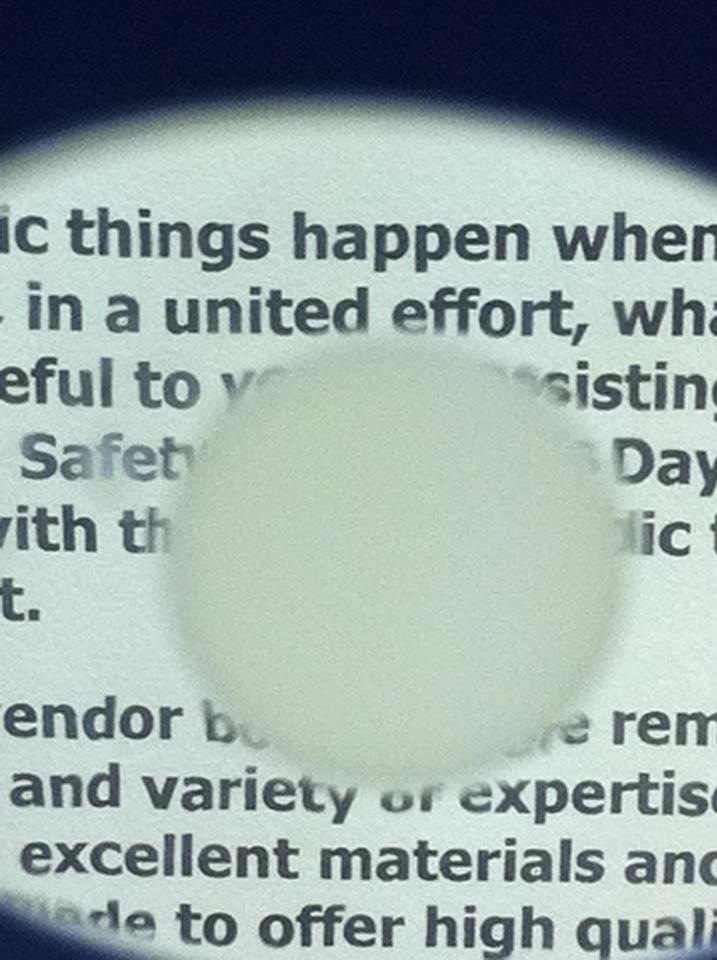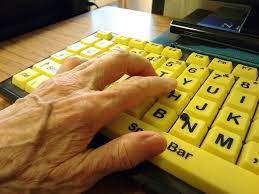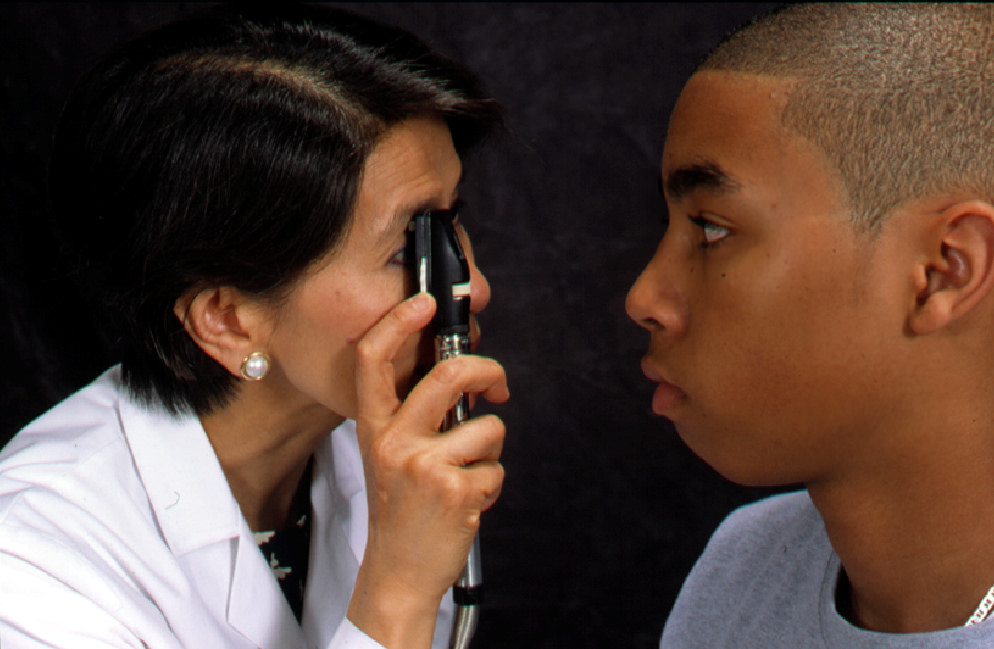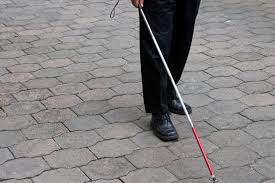Low Vision and Rehabilitation
What is Low Vision?

Low vision is a condition in which a person loses part of their vision—most often due to an eye disease or trauma. Other terms to describe people with low vision also include visually impaired or legally blind. The most common causes of degenerative eye diseases are macular degeneration, glaucoma, diabetic retinopathy, cataracts, and others. For the most part, these eye diseases affect older people, though other diseases and trauma can cause vision loss in children and younger adults.
Low Vision Aids

Low-vision aids are like tools in a toolbox: just as a carpenter needs a hammer, screwdriver, and pliers to complete different tasks, someone who is visually impaired will need a number of low-vision devices to perform various activities. A handheld magnifier may work great to read a menu, but not as well to read a book since you may tire of holding it in your hands. In that case, a stand magnifier or pair of high-powered spectacles would work much better. Typically, patients find success in maximizing their remaining vision with three to five different aids. Our staff works with you to find the right device as well as offers training and support on these aids.
Low Vision Rehabilitation
The American Academy of Ophthalmology describes the benefits of low vision rehabilitation in the following way: “The low vision rehabilitation team’s assessment is different than the eye examination by our eye doctor as it is not focused on diagnosing or treating eye disease, but rather on helping you to find ways to continue to do tasks despite the vision loss. Start the vision rehabilitation process as soon as you experience a vision loss”.
The vision rehabilitation team will assess additional aspects of how your eyes function, how you accomplish tasks, and what your goals are. They will help you learn new ways to use your remaining vision or new strategies to complete everyday tasks and maintain your quality of life. They may show you new glasses, magnifiers or electronic devices and connect you to additional services.
Specialized professionals called Orientation and Mobility specialists (COMS) help individuals identify the adjustments needed to maximize safe and independent travel.
Make the Most of Your Remaining Vision: Using Your “Next-Best Spot” Eccentric Viewing
When you have a blind spot (scotoma) in the center of your vision you will naturally find a “next-best spot.” You may hear this referred to as your preferred retinal locus or PRL. Adapting to using noncentral vision usually will require magnification and some training.
Eccentric viewing involves looking slightly away from the subject to view it peripherally., engaging their rod cells, which makes it easier to view in dim light. The viewer with macular degeneration can access the rod cells in the peripheral field to take over for the cone cells in the central field.
Your vision rehabilitation team

- A low–vision specialist optometrist
- An occupational therapist
- An orientation and mobility specialist, who focuses on independent and safe travel
- An assistive technology professional
Assistive and Adaptive Technology

Assistive technology refers to “any item, piece of equipment, or product system, whether acquired commercially, modified, or customized, that is used to increase, maintain, or improve functional capabilities of individuals with disabilities.”
Adaptive Technology is “any object or system that is specifically designed for the purpose of increasing or maintaining the capabilities of people with disabilities.”
Orientation and Mobility

Orientation and mobility is an exciting discipline in low-vision and blind rehabilitation that teaches people to travel safely, efficiently, and independently in their environment.
Orientation is the process of mentally organizing the environment and determining one’s location within that environment.
Mobility is the act of moving through the environment in a safe and graceful manner.
An orientation and mobility specialist teaches people who are blind or visually impaired to travel by:
- Assessing an individual’s current travel-related skills, discussing goals, and helping the individual select a program of instruction that will allow for achieving the greatest travel potential.
- Teaching an individual to travel by using his/her hearing, remaining vision, and other senses.
- Teaching an individual to use a long cane for travel and to establish and maintain orientation while traveling.
Client Support

Ensight Skills Center and Curtis Strong Center for the visually impaired follow the highest standards in customer support and care. Our knowledgeable staff works with you to find the right tools, training, and resources. We are always happy to answer questions and walk you through our low vision rehabilitation program, including billing questions and the costs of devices and services.